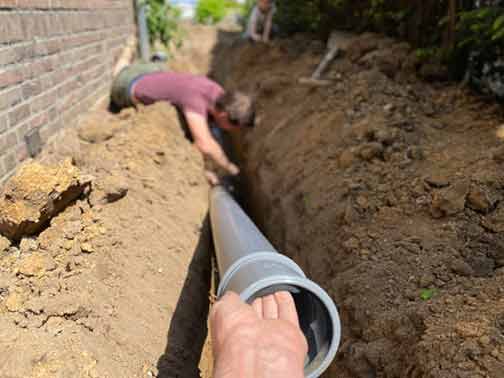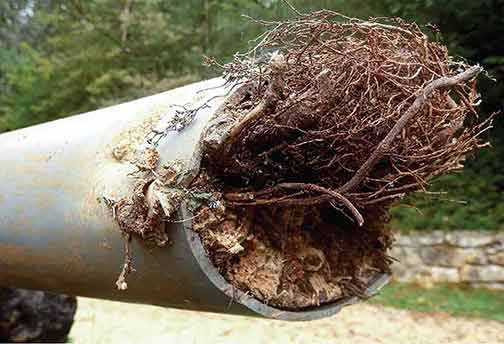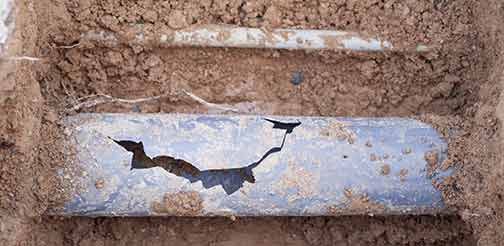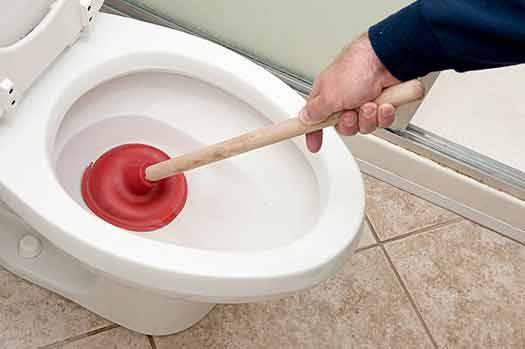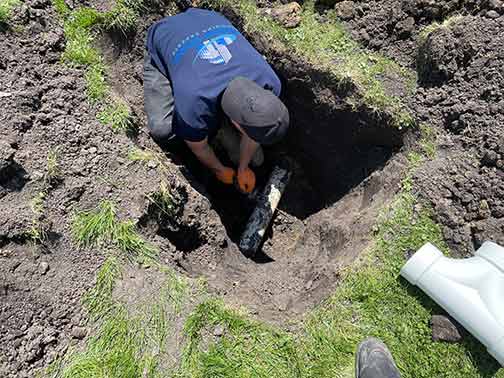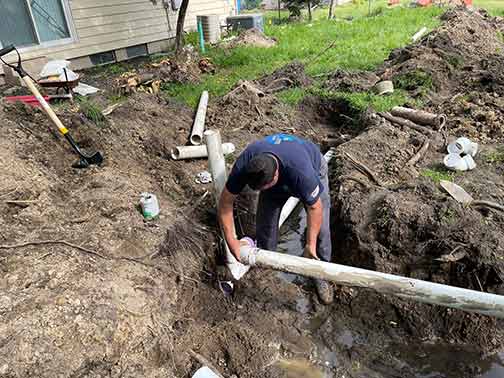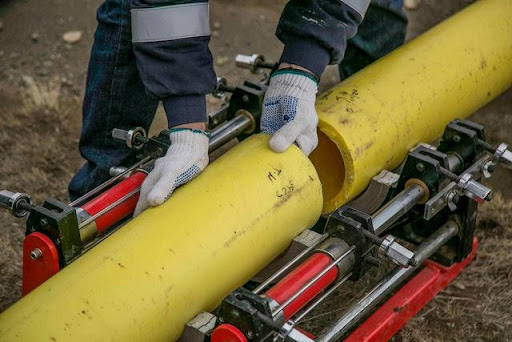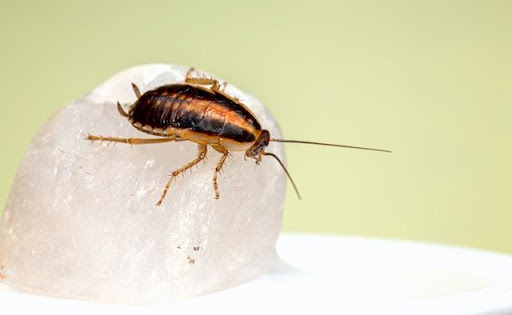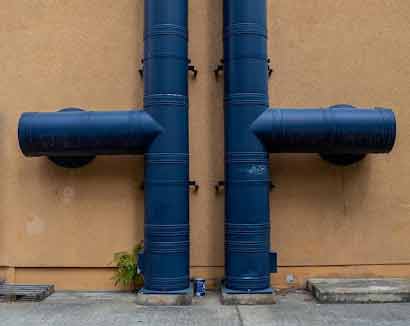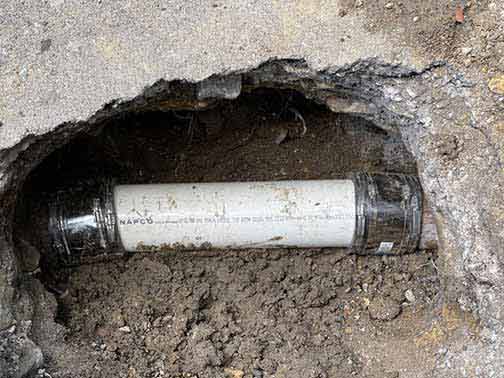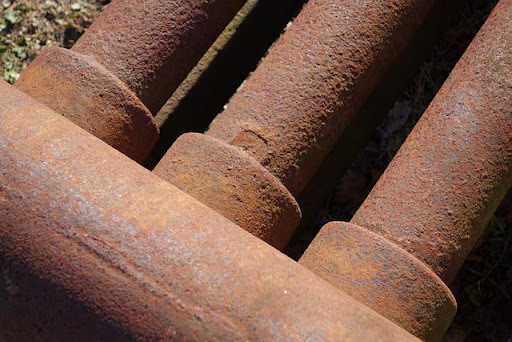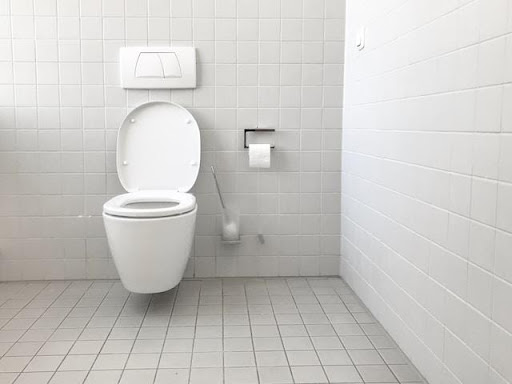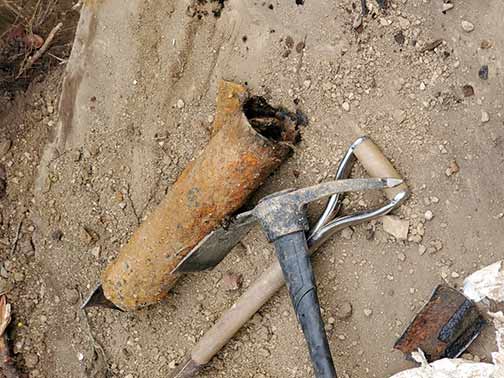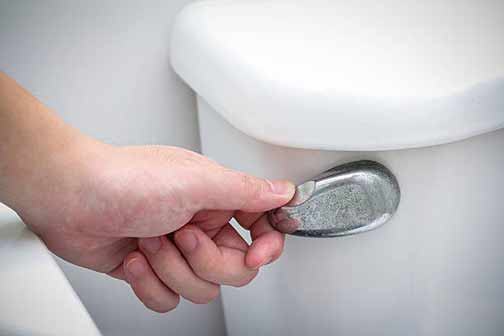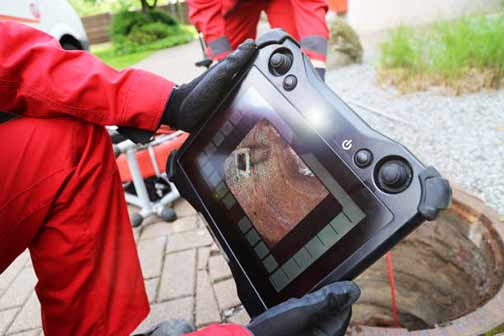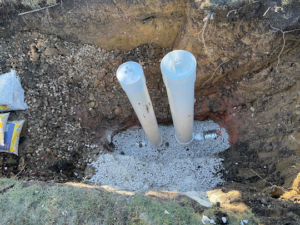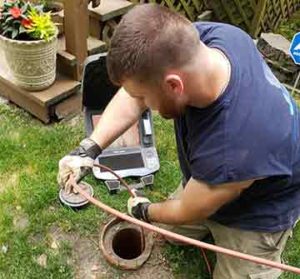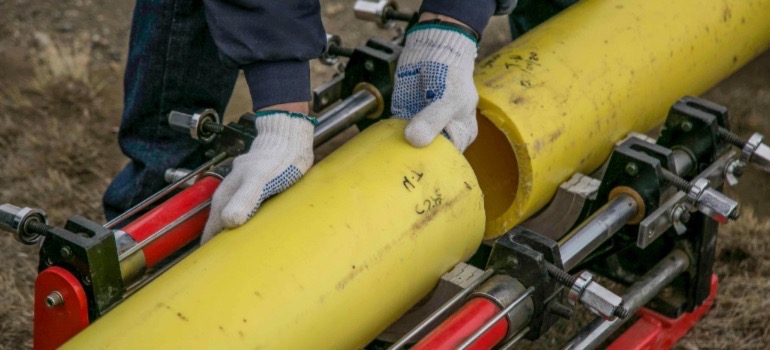
As a homeowner, regular sewer line maintenance might not top your list of priorities, but it is indeed a vital task that should never be overlooked. This critical responsibility safeguards your home from potentially devastating damages and expenses, ensuring your peace of mind. Plus, it plays an imperative role in protecting your health and preserving the environment. Regular maintenance of your sewer line can make all the difference, from spotting early signs of trouble to saving on unnecessary repair costs. Here we aim to provide a guide on the importance and process of regularly maintaining your sewer line, shedding light on its relevance for every homeowner.
The Necessity of Sewer Line Maintenance
The crucial role of regular sewer line maintenance in homeownership can’t be overstated. One major consequence of a neglected sewer line is its risk to your home and health. It can lead to a myriad of problems, from structural damage to unpleasant odors and even health hazards due to potential exposure to harmful bacteria. Furthermore, unexpected sewer line emergencies can significantly dent your wallet, with repair costs often reaching the thousands. Beyond these immediate concerns, there’s also the environmental aspect. If left unchecked, underground sewer line issues can result in leaks that may contaminate local water sources, posing a threat to wildlife and ecosystems. Finally, this measure also helps prevent a sewer line replacement by protecting the health and extending the lifetime of your sewage system.
Signs Your Sewer Line Needs Attention
Learning to recognize the telltale signs of sewer line problems early on is crucial for homeowners. It could mean the difference between a simple fix and a costly, disruptive repair job. For instance, slow-draining sinks and tubs often hint at blockages in your sewer line. If your toilet is making gurgling sounds or notices a persistent foul odor around your home, these are also clear indications of a main sewer line clog. Ignoring these warning signs can lead to more significant issues over time. So it’s always wise to act promptly, potentially saving yourself time, stress, and money. After all, prevention is always better and cheaper than cure.
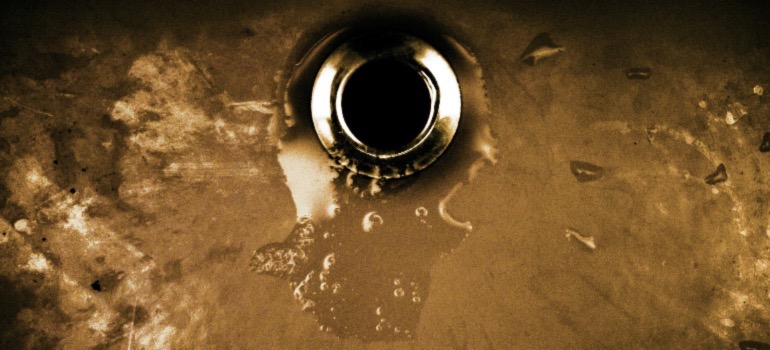
A sink that’s slow to drain can indicate that your sewer line needs attention.
Benefits of Regular Sewer Line Maintenance
This essential home maintenance task carries many benefits that significantly outweigh the initial investment of time and resources. First and foremost, routine checks and cleaning help prevent major blockages and leaks, which can cause extensive damage to your property. A well-maintained sewer line runs efficiently, ensuring smooth disposal of wastewater and often extending the overall lifespan of your system. Importantly, this routine care also reduces health risks that come with sewage backup and minimizes your environmental impact. Investing in regular maintenance decreases the likelihood of needing a costly sewer line replacement, ultimately providing long-term savings.
How Sewer Line Maintenance Works
Understanding the process of sewer line maintenance can demystify this essential task and provide peace of mind. The process typically begins with a comprehensive inspection, where professionals use advanced tools, such as sewer cameras, to identify any potential issues within the line. These could range from small clogs to significant cracks or breaks. If and when issues are identified, a sewer rodding service is often employed to clear blockages and debris, restoring the line’s function. If issues persist or if the damage is extensive, more considerable repairs, or even a line replacement, may be necessary. Regardless of the procedure, the aim remains to ensure your sewer line functions optimally, safeguarding your home and health.
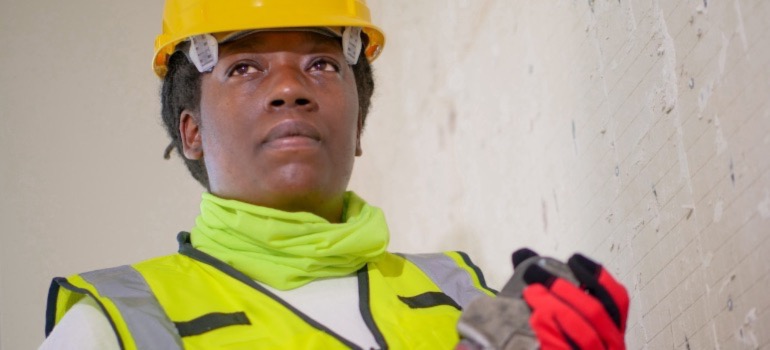
Sometimes, you’ll need the help of a professional for proper regular sewer line maintenance.
The Sewer Line in a New Home
When moving to a new home, one crucial yet often overlooked aspect is the condition of the property’s sewer lines. It’s always best to assume that the previous owners didn’t properly care for their sewer line. However, if the current homeowners can provide records of regular maintenance, it’s a positive sign that the property has been well taken care of. A sewer line inspection is a fundamental part of pre-purchase home inspections that can prevent many potential problems down the line. Checking the state of the sewer lines in your prospective home can save you from facing unexpected and costly repairs after you’ve settled in. If any issues are discovered, experts from statetostatemove.com recommend rescheduling your move until the necessary repairs are done. It’s better to wrap up construction before you move your possessions into the home.
How Often Should Homeowners Carry Out Sewer Line Maintenance
The frequency of sewer line maintenance can vary depending on several factors. Generally, most professionals recommend a thorough inspection and hydro jet drain cleaning every 18 to 24 months. However, this timeline can shift based on the age of your home, the type of sewer line, and even the proximity of large trees whose roots might interfere with the line. For instance, if your home is older or surrounded by mature trees, more frequent checks may be necessary. Regular maintenance is a preventative measure to catch issues early before they escalate. Hence, it’s important to consult with a professional to develop a maintenance schedule that suits the specific needs of your home.

It’s a good idea to plan a sewer maintenance schedule in advance.
Choosing the Right Professionals
Choosing the right professionals to maintain your sewer line is a decision that should be made with care. You want to ensure that your sewer line team has the necessary certifications, sufficient experience, and valid insurance. These factors assure you of their competence and protect you from potential liabilities. When comparing quotes, it’s important to remember that the cheapest option isn’t always the best. You should be looking for a balance between cost-effectiveness and quality service. Additionally, consider their reputation and reviews from previous clients. These steps will help you choose a professional team to maintain or repair sewer lines effectively, ensuring your home’s health and longevity.
To Conclude
Regular sewer line maintenance is a vital component of responsible homeownership. It protects the health and integrity of your home, preserves your finances from unexpected repair costs, and contributes to environmental safety. This maintenance goes beyond merely being a preventative measure; it also enhances the longevity and functionality of your sewer system, providing long-term benefits. This way, you can effectively prevent a sewer line replacement. As homeowners, investing time and resources into this essential maintenance task is in your best interest. It offers peace of mind knowing that your home is safe, your sewer system is running smoothly, and you’re doing your part for the environment.
